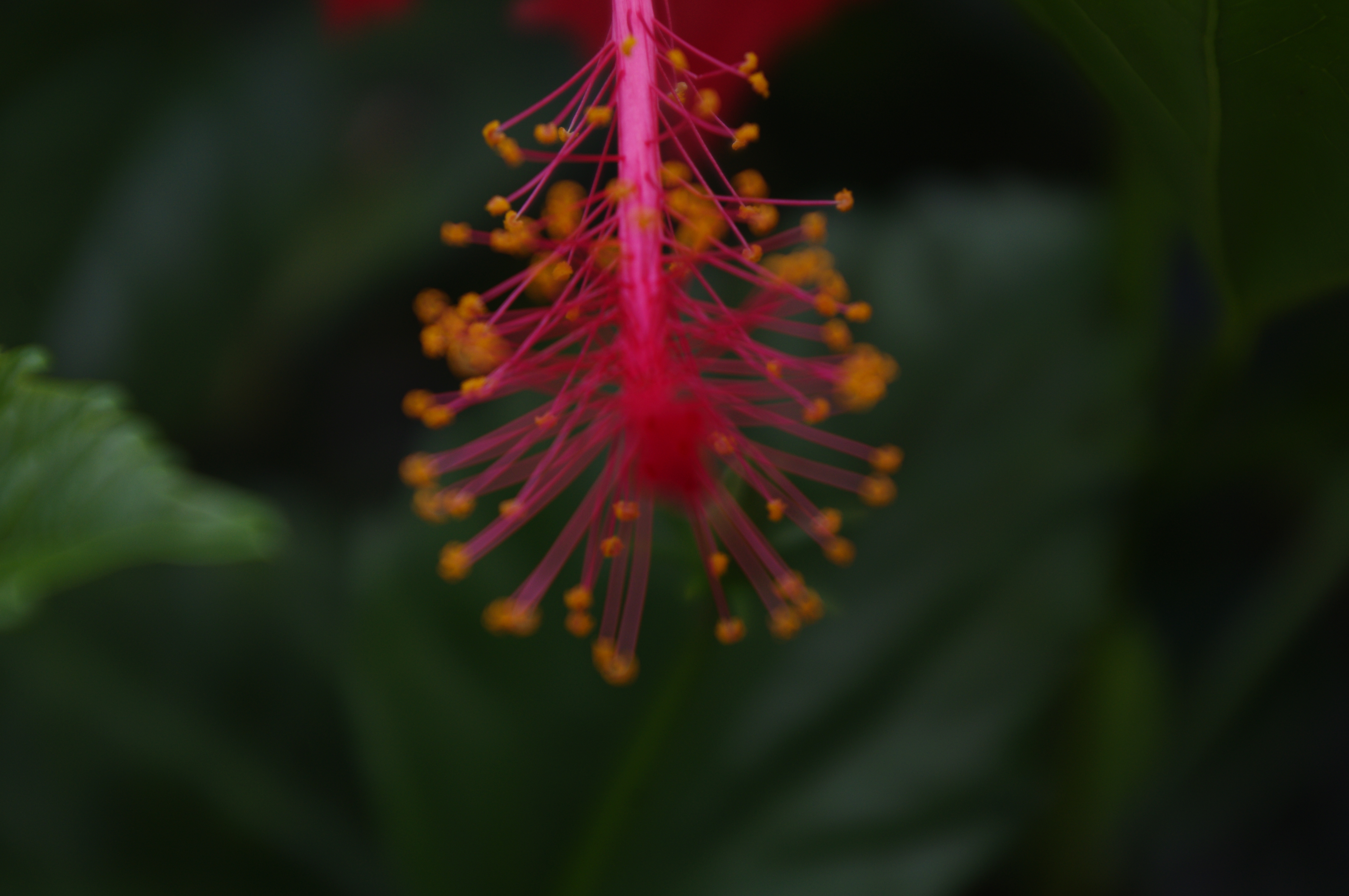If you watched Sun TV news earlier today you would have seen a special report on the decline of the Indian family. Now, I don’t really expect BBC level analysis from the likes of Sun TV, but I would definitely expect some sort of perspective to a phenomenon that is both complex and difficult to…
Author: Accidental Writer
On Day 7…
…it gets more difficult than ever to find something to blog about every day. I have very often let my thoughts flow through words as I type or write, but when it comes to actually publishing on the blog, I suddenly seem to become a lot more cautious. In other news, I watched Kalyaana Samayal…
The art of sari-draping…
I am strongly convinced that the art of sari-draping is dying a slow death. Why else would someone be willing to pay 6000 rupees to a random stranger to teach them to drape a sari perfectly. In case you are wondering what I am going on about, you should probably read this article from Wall…
Just checking in…
…to say that I am still trying to maintain my daily blogging spree, but finding it increasingly difficult already to find at least one thing a day to talk about. With nothing more constructive to add, signing off for today! Ciao! And see y’all tomorrow!
Of readymade foods and cut vegetables
The other day S brought back a packet of chopped yam from a vegetable store on OMR. It was evenly chopped, neatly packaged and attractively priced, criteria that render it attractive to the average working woman who can do without the drudgery of vegetable-cutting. That day I didn’t think much of it. In fact, I…
